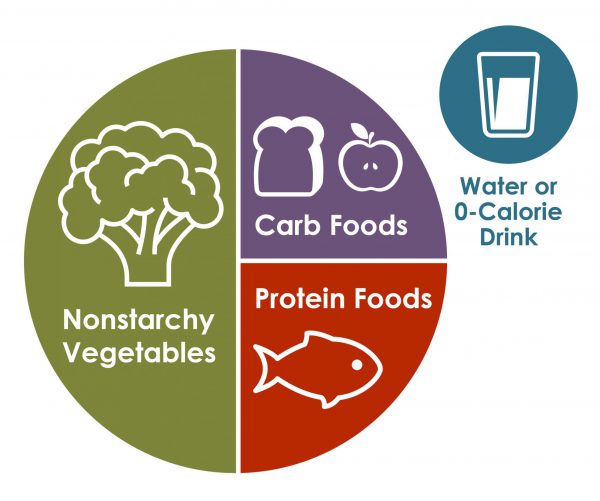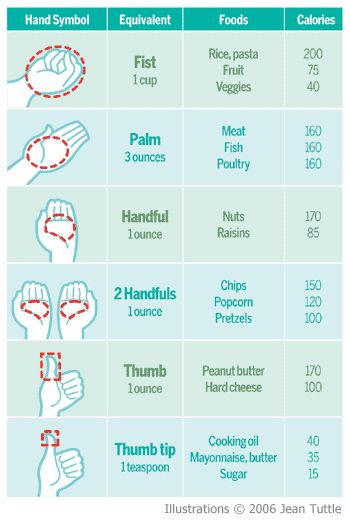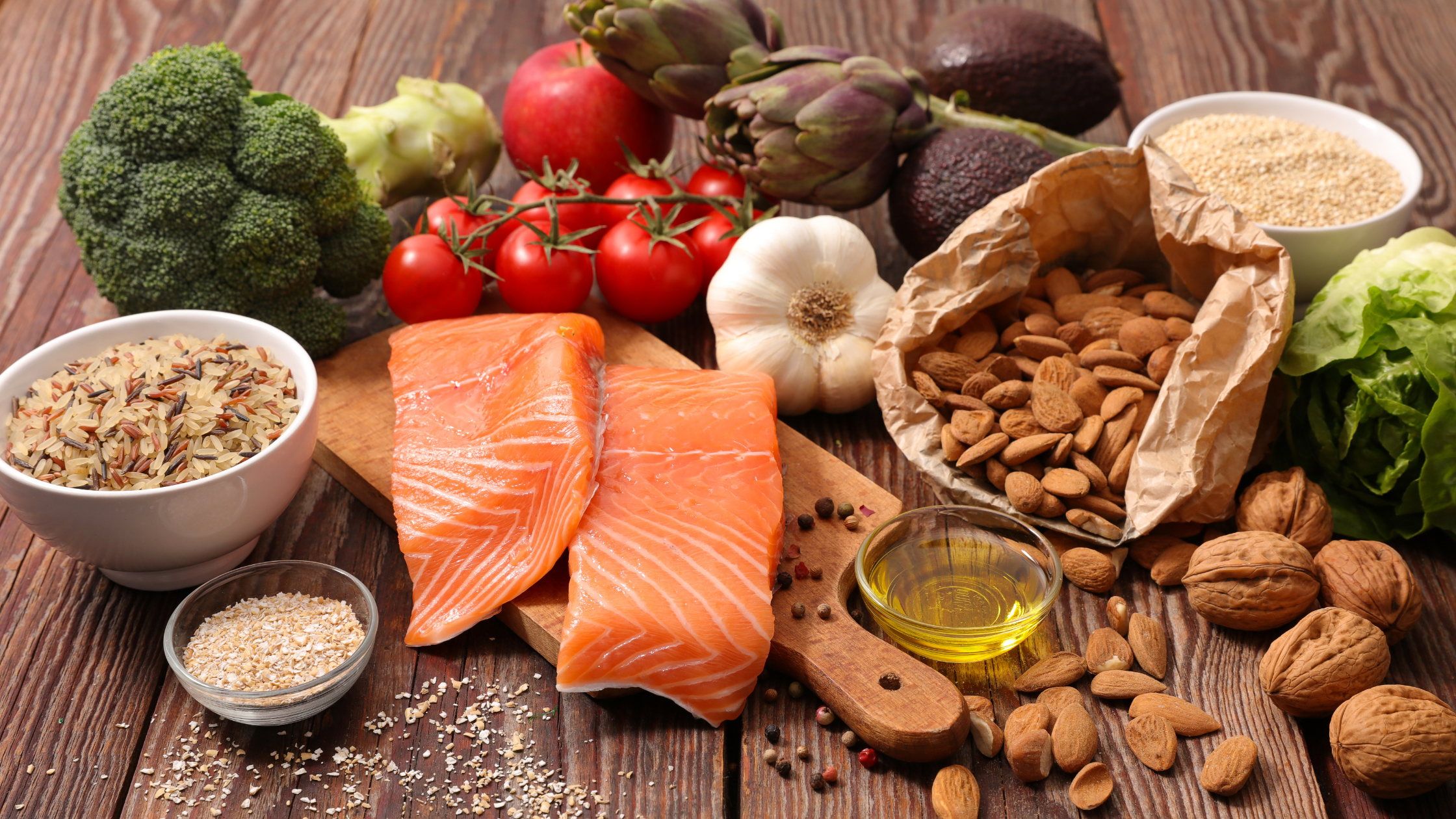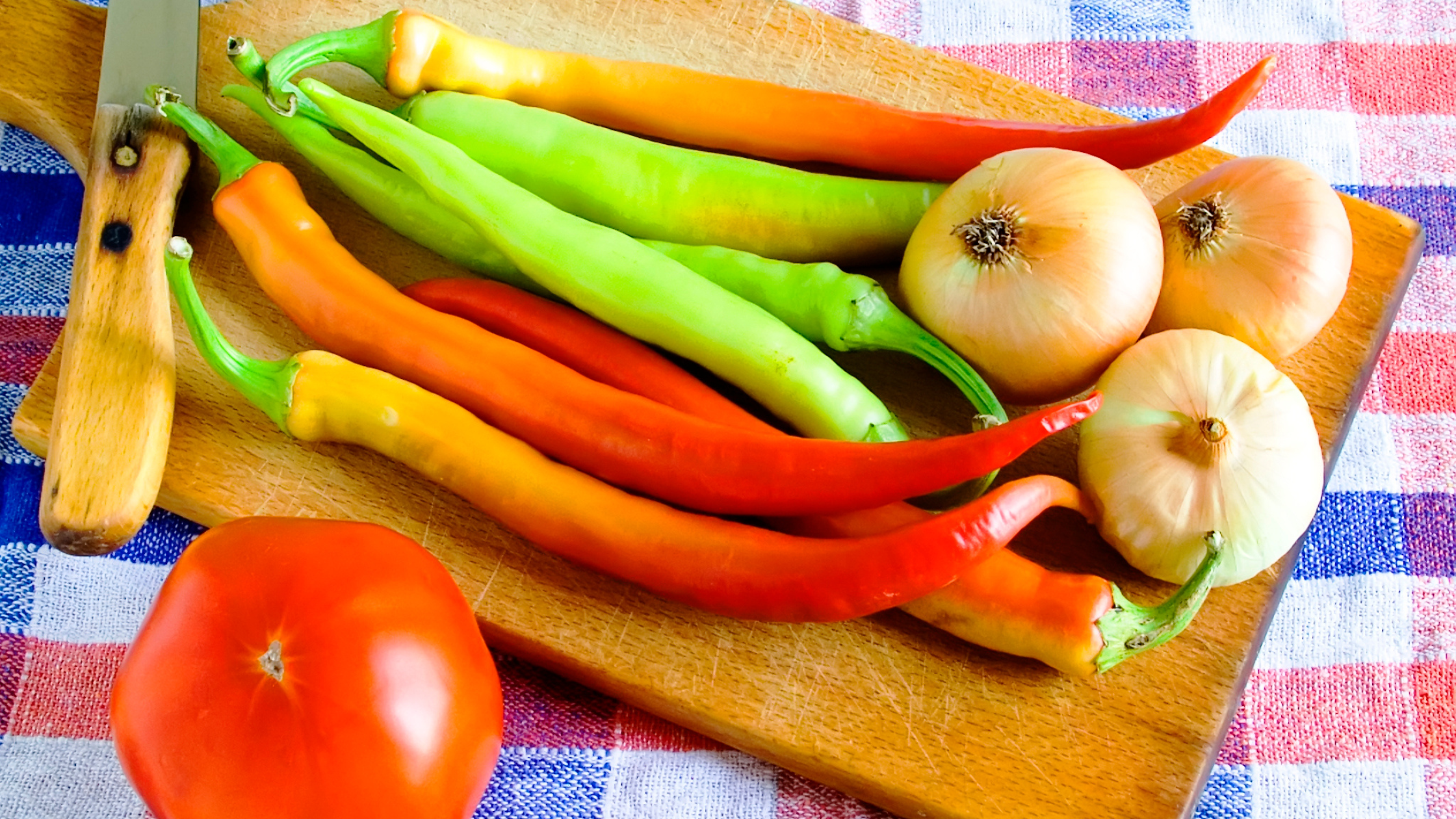How to Create Your Diabetes Diet Plan (and the Latest Tips)
Written by Tye Medical on Aug 5th 2021
Is a diabetes diet plan necessary?
No one wants to hear their doctor say the word "diabetes." But according to the CDC, more than 1 in 10 Americans have it, and nearly 1 in 3 have prediabetes. Whether you're taking Metformin, Trulicity, insulin, or another medication, no doubt your doctor has emphasized the importance of diet and exercise.
That's because diabetes is a dangerous condition when not effectively managed, despite how common it is. It can seem like "no big deal" for many people who live with the disease—unwelcome but not dangerous. But the truth is that uncontrolled diabetes can affect nearly every organ in your body, damaging nerves and tissues. For more information about the effects of diabetes, read our article, 10 Complications of Diabetes You Weren't Expecting.
Knowing what to eat and what to avoid can be confusing, especially if you've never had to think about your food intake before. We've compiled a guide to help you navigate the basics and begin creating your own custom diabetes meal plan to help keep blood sugar spikes in check.
Basics of a Diabetes Diet Plan

An effective diabetic meal plan will keep your blood sugar levels within the target range. This will prevent excessive amounts of blood glucose from traveling through your bloodstream, wreaking havoc on your tissues and organs. You can also tailor the meal plan to suit your tastes provided that you follow the basic guidelines concerning what to eat and what to avoid.
The three pillars of a healthy diabetic diet include:
- More non-starchy vegetables like green beans, broccoli, and spinach
- Minimal added sugars
- Minimal refined carbohydrates like white bread, white rice, and pasta with fewer than two grams of fiber
- Minimal highly processed foods and a focus on whole foods (foods in a more natural state)
Carbohydrates and Diabetes
Carbohydrates and sugars raise your blood glucose levels, but some carbs have a more significant effect than others. For instance, the "refined" carbs mentioned above are also known as "simple" carbs, meaning that they're so processed that they break down quickly in your body, raising your blood sugar more dramatically and in less time.
Instead, it's best to eat complex carbs (brown rice, quinoa, barley, oats, etc.) that are less processed and don't spike your blood glucose so dramatically because they take longer to digest. These complex carbs contain a higher amount of fiber, which isn't processed as sugar. If a carbohydrate has little or no fiber, then it's a simple, processed carb to avoid.
2 Methods for Diabetes Meal Planning

Not everyone likes to manage their diabetic diet the same way. Type A personalities who draw comfort from facts and precision will likely prefer the "carb counting method," while those with a more relaxed personality might gravitate to the "plate method."
Carb Counting
When using this method to create a diabetes diet plan, you track how many carbs you eat per meal and per day and then see how this affects your blood sugar levels. You can then adjust your carb intake based on your glucose readings.
You can set a limit for the number of carbs you eat each meal to help you keep your blood sugar levels in the target range. Since people's bodies metabolize carbs at different rates, there's no set number of carbs per meal that works for everyone. You might also find that your numbers are naturally higher at certain times of the day, and you can adjust your meal plan accordingly.
According to the CDC, as a rule, you can get about half of your daily calories from carbs. So, if you're eating about 1,800 calories per day, plan on 800-900 coming from carbohydrates (mostly complex carbs, of course). Since there are about four calories in each gram of carbohydrate, you can eat about 200-225 grams of carbs daily on an 1,800-calorie diet.
You can calculate the number of daily carbs by dividing your total calorie in half and dividing that number by four.
The Plate Method
If you're not into measuring and numbers, you can track your calories using the more visual plate method. With this approach, you fill your plate according to these guidelines:
- ½ the plate is non-starchy vegetables
- ¼ the plate is carb foods (preferably complex carbs, starchy veg, and fruit)
- ¼ the plate is protein foods (preferably lean protein)
This method works best using a nine-inch plate (about the size of a business envelope).
Estimating Portion Sizes
Proper portion sizes are crucial for a diabetes diet plan. Here's a simple guide from Prevention.com:

Foods to Eat When You Have Diabetes

A diabetes diet plan should include healthy foods that keep your blood sugars level within the non-diabetes range. Most of your calories should come from the following foods:
Complex (Healthy) Carbohydrates
These break down into glucose more slowly during digestion and contain more fiber, making them a better choice than simple carb foods.
- Vegetables
- Whole grains
- Legumes (beans, peas, lentils)
- Low-fat dairy products (considered a carb due to the natural sugar lactose)
- Fruit (in moderation, contains natural sugars)
Protein
Low-fat protein, especially when eaten alongside carbohydrates, slows the breakdown of carbs into glucose, helping to steady blood sugar levels. Doctors and dieticians recommend that you consistently eat a carb with a protein if you have diabetes (even if it's not a whole serving of protein).
Healthy proteins for diabetics include:
- Nuts
- Fish
- Edamame beans
- Tofu
- Tempeh
- Lean poultry (chicken, turkey)
- Lentils (also have complex carbs but are 25% protein)
Non-Starchy Vegetables
Vegetables that are low in carbs form the basis for any healthy or plant-based diet. They're full of nutrients, antioxidants, and fiber. They can help keep you fuller, longer, and not negatively affect your blood sugar, making them crucial to a diabetes diet plan.
Examples include:
- Asparagus
- Bean sprouts
- Broccoli
- Cabbage
- Carrots
- Cauliflower
- Celery
- Cucumber
- Eggplant
- Okra
- Onions
- Salad greens (including lettuce and spinach)
- Tomatoes
And many more.
Foods to Avoid If You Have Diabetes

Food Made with Refined or Simple Carbs
This type of carb is more processed, with nutrients and fiber stripped away. It's highly digestible and is reduced to sugars quickly, spiking blood glucose. Common simple carbs include:
- White rice
- Pasta (made with white flour)
- Fruit juices
- Breakfast cereals
- White bread (buns, wraps, etc.)
- Packaged snacks (crackers, cookies, baked goods)
- Anything made with white flour
- Added sugars (soda, candy, many packaged foods)
Saturated Fat
This "bad" fat not only puts you at risk for heart disease and high cholesterol, but it also seems to interfere with the processing of carbs, increasing blood sugar levels. Researchers are considering other ways saturated fat negatively impacts or even contributes to diabetes.
You'll find saturated fat in foods like:
- Red meat
- High-fat dairy
- Butter
- Some oils
Instead, opt for "good fats" high in monounsaturated and polyunsaturated fats. Just remember they're also high in calories, so enjoy in moderation.
- Nuts
- Avocados
- Oils (olive, canola, avocado, flaxseed, grapeseed, sesame)
How to Use the Glycemic Index
If you want a more in-depth understanding of which carbohydrate-rich foods to choose for your diabetes diet plan, you can use the glycemic index (GI) as a guide. It ranks carb-containing foods according to how they affect blood sugar levels. This can help you choose lower GI foods, especially when your glucose levels are running higher.
A simple internet search can often help you determine if a food is higher or lower on the GI scale. But it's helpful to know how the system works. Foods are ranked on a scale of low, medium, or high using the following ranges:
- Low: 55 or less
- Mid: 56-69
- High: 70+
High GI scores mean that the food contains rapidly digested carbs and will trigger a sharp increase (and subsequent fall) in blood sugar levels. Whereas low GI foods contain carbs your body processes more gradually, maintaining healthy and stable blood glucose levels.
Tips for an Effective Diabetes Diet Plan
Establish a Consistent Schedule
It's best to eat three meals and two snacks each day to keep your blood sugar from rising and falling too sharply. A healthy, steady level will help control diabetes. Your snacks should include protein along with a carb, like an apple and peanut butter or plain Greek yogurt and berries. This will also keep your energy levels up throughout the day and rev your metabolism. But don't skip meals because it can cause dangerous drops in your blood sugar.
Get Regular Exercise
It takes more than a diabetes diet plan to combat this disease. Moving more and sitting less can help lower blood sugar levels. Experts recommend combining strength training and cardio exercise (walking, jogging, cycling, etc.) to control diabetes. And it's okay to divide your workout into smaller 10-minute sessions throughout the day. Try walking for ten minutes after each meal if you can't fit in a 30-minute walk.
Eat Your Carb Last
Research suggests that eating your carb last during a meal (instead of first) can decrease the effect on your blood sugar levels. Rather than starting with toast in the morning or brown rice at lunch, set it aside and eat your protein and non-starchy vegetable first.
Incontinence Products for Diabetes-Related Bladder Leaks
Diabetes can lead to urine leaks and more severe bladder control problems. For more information about diabetes and your bladder, read our article, Can Diabetes Affect Bladder Control and Urinary Health?
Our incontinence products can protect you as you work to manage your blood sugar levels and related symptoms. For those annoying leaks, try our light incontinence pads and underwear.
For moderate to heavy leaks, we recommend our Protective Underwear or Premium Briefs. Both are made to use with our two-piece system.


